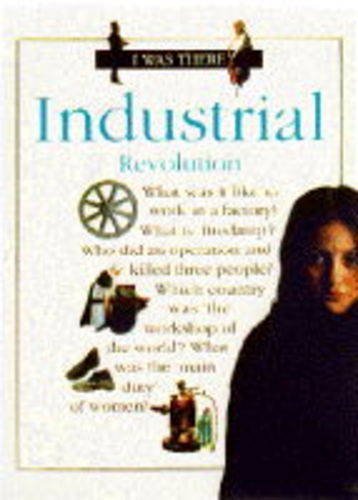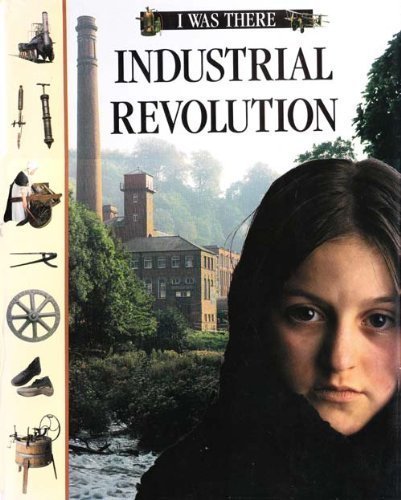

https://upload.wikimedia.org/wikipedia/commons/6/69/Revolucion_industria.jpg
The Industrial Revolution was the transition to new manufacturing processes in the period from about 1760 to sometime between 1820 and 1840. This transition included going from hand production methods to machines, new chemical manufacturing and iron production processes, the increasing use of steam power, the development of machine tools and the rise of the factory system.
Textiles were the dominant industry of the Industrial Revolution in terms of employment, value of output and capital invested. The textile industrywas also the first to use modern production methods.[1]:40
The Industrial Revolution began in Great Britain, and many of the technological innovations were British.[2] By the mid-18th century Britain controlled a global trading empire with colonies in North America and Africa, and with some political influence on the Indian subcontinent, through the activities of the East India Company.[3] The development of trade and the rise of business were major causes of the Industrial Revolution.[1]:15
The Industrial Revolution marks a major turning point in history; almost every aspect of daily life was influenced in some way. In particular, average income and population began to exhibit unprecedented sustained growth. Some economists say that the major impact of the Industrial Revolution was that the standard of living for the general population began to increase consistently for the first time in history, although others have said that it did not begin to meaningfully improve until the late 19th and 20th centuries.[4][5][6]
Important technological developments
The commencement of the Industrial Revolution is closely linked to a small number of innovations,[21] beginning in the second half of the 18th century. By the 1830s the following gains had been made in important technologies:
Wikipedia contributors. "Industrial Revolution." Wikipedia, The Free Encyclopedia. Wikipedia, The Free Encyclopedia, 6 Feb. 2018. Web. 14 Feb. 2018.
Rated PG
Summary: Jeremy Black asks two fascinating questions : why did the Industrial Revolution happen and why did it happen in 18th century Britain? He explains the unique economic, social and political conditions that by the 19th century, led to Britain becoming the richest, most powerful nation on Earth. It was a time that transformed the way people think, work and play forever. He traces the unprecedented explosion of new ideas and technological inventions that transformed Britain's agricultural society into an increasingly industrial and urbanised one. He also discusses the reasons behind this transformation; from Britain's coal reserves, which gave it a seemingly inexhaustible source of power, to the ascendency of political liberalism, with engineers and industrialists able to meet and share ideas and inventions.
An exploration of the factory system, introduced in the late 18th century, and its impact on our working lives.
 Industrial revolution by
In the eighteenth and nineteenth centuries a transformation took place in western Europe and the United States that so altered people's lives it became known as the Industrial Revolution. This book explores the causes and effects of this remarkable 'turn around', and takes a world view of the changes which revolutionized work, travel, medicine, engineering, architecture, and almost every aspect of day to day life, including housework and entertainment.
Industrial revolution by
In the eighteenth and nineteenth centuries a transformation took place in western Europe and the United States that so altered people's lives it became known as the Industrial Revolution. This book explores the causes and effects of this remarkable 'turn around', and takes a world view of the changes which revolutionized work, travel, medicine, engineering, architecture, and almost every aspect of day to day life, including housework and entertainment.
 Industrial revolution by
In the eighteenth and nineteenth centuries a transformation took place in western Europe and the United States that so altered people's lives it became known as the Industrial Revolution. This book explores the causes and effects of this remarkable 'turn around', and takes a world view of the changes which revolutionized work, travel, medicine, engineering, architecture, and almost every aspect of day to day life, including housework and entertainment.
Industrial revolution by
In the eighteenth and nineteenth centuries a transformation took place in western Europe and the United States that so altered people's lives it became known as the Industrial Revolution. This book explores the causes and effects of this remarkable 'turn around', and takes a world view of the changes which revolutionized work, travel, medicine, engineering, architecture, and almost every aspect of day to day life, including housework and entertainment.